From cat gifs to basketball clips to a collage of 5000 smaller pictures – non-fungible tokens (aka NFT, aka nifty) are amongst the world’s hottest trends these days. With sales jumping up from $250 million in 2020 to close to $400 million in the first quarter of 2021 itself, NFTs have captured the imaginations of artists and investors alike. These digital assets are a unique form of value-holding investments that are on the verge of upending the current market models of buying and selling art.
In essence, an NFT is a collectible digital asset, holding cryptocurrency values in some form – digital art, music, virtual real-estate, trading cards, videos, gifs, you name it. But the technology and the idea that undergirds NFTs may soon apply to real-world assets, not just digital, which is something to look out for in the months to follow. Collectors and artists alike understand the ballooning value of such collectible art, and even the media can’t get enough of it, understandably so.
If you’ve been wondering where and how to buy an NFT, whether it is to collect your favorite form of digital art or to park your money in assets whose value appreciation is more or less confirmed, then your wait ends here. We will show you all the ins-and-outs of the NFT market, where you’re best likely to find NFT art, and how to get your hands on one.
Related: What are NFT Stocks?
What do you get when you buy an NFT?
NFTs, just like real-world art, give their owners proof of authenticity that they own this or that piece of digital art (read asset). When people talk about owning an NFT, they are talking about holding the right to do as they please with their assets. In most cases, Mona Lisa is dragged in to clarify things in detail for us. So let’s see what the case would be if Da Vinci was alive right now, selling his most popular art as an NFT.
Da Vinci hears about the NFT craze, puts his digital renaissance art up for sale, even though he knows it can be copied a billion times and saved on people’s hard drives. Fortunately, he finds someone who appreciates the art enough to pay (or bid) a million dollars to the Italian genius. Da Vinci goes back home with a million bucks, but what about the guy (or gal) who parted with his fortune over something that could just as well be had without paying a single buck?
Related: How Does an NFT Work?
Firstly, value. The digital Mona Lisa, our buyer realizes, is a genuine work of art that could rake in much more than he paid in the future. And we’re not talking about a distant future. It could potentially go up in value multiple times in the course of a few weeks or months (once people realize what Da Vinci has created). Given the pace with which NFTs are gaining in value, he could have his million back and some more within the year. Sure, he could hold on to the ownership of the digital art piece forever and pass it on to posterity. But if it’s money he’s after, he would not want to wait too long to resell the NFT, for collectibles (especially in the NFT market) may dip in value some time, eventually.
On the other hand, if he hangs on to the NFT art, what does he really get? He couldn’t keep anyone from copy-pasting the art to his hard drive. The magic, it seems, is all in the NFT metadata. Our happy buyer gets the approval of Da Vinci, his indelible digital signature, and the transactions associated with the artwork. This is, simply put, proof that it is he (and no one else) who owns the digital art piece and has the right to keep, modify, add emojis, brag about owning a one-of-its-kind asset, resell, or basically do whatever he pleases with the art.
NFTs are not the art pieces themselves. They are only the certificates of ownership and uniqueness of the art piece. The item that is represented by the NFT is not secured within the Ethereum blockchain itself; only the proof of ownership is. The owner owns the metadata that the smart contracts in the blockchain contain. All that indecipherable metadata points (usually with a link) to the title of the art, its description, the location of the art on the internet, and the evidence that he paid for it.
Related: What Is an NFT Art Exactly?
Where can I buy NFTs?
In a word – NFT marketplaces. These are digital spaces built specifically for one thing – facilitating the buying and selling of NFTs. Some of the notable names include the likes of Nifty Gateway, Open Sea, SuperRare, and MakersPlace. There are various other NFT marketplace websites that we highly recommend you check out as artists tend to put up their art on the NFT markets that befit their art (and wallets). So if you don’t find something that catches your fancy on one, try another.
You can find everything from collectibles to serious artwork on these platforms. Though most NFTs are tied to artworks, there are platforms that are dedicated to other forms of art as well. Depending on which marketplace you end up choosing, you may find art and collectibles from different media.
For music lovers, YellowHeart is the ideal NFT platform. It is here that Kings of Leon released their latest album that came with a variety of perks, including front-row tickets for their future concerts. Mike Shinoda released his single on Zora – another marketplace that caters to artists from different backgrounds. Not only does this remove the middle-men that artists and buyers had to go through, but it also prevents scalping.
For those who specifically want to get their hands on NBA top shots, NBA Top Shot is the licensed NBA collectibles marketplace. Traditional basketball cards are all good, but their digital counterparts are much more interactive since they have in-game highlights of players. And they are worth a lot! For instance, a Lebron James Dunk from Cosmic edition Series 1 was recently sold for a whopping $208,000. Only time will tell how much more the value of such digital trading cards will rise in the future.
Should you buy NFT?
The value of NFTs, as we alluded to before, is going through the roof with no sign of abatement anytime in the near future. That means that the NFT craze is far from over. Major artists are now entering the arena, putting up a host of their works as NFTs. Kings of Leon, Mike Shinoda, Beeple, Grimes, and Elon Musk himself have all boarded the NFT train selling their music, artwork, and tweets (go figure) for millions of dollars.
The NFT market is, according to some analysts, headed towards the one-billion mark, and may well reach it before the year is out. So, yes, NFTs are still valuable and anyone purchasing NFTs can see their digital assets inflate way past their initial value, garnering many times what they paid for it originally.
On top of that, with major artists and auction houses now jumping the bandwagon, there is no shortage of epic works of arts, be it in any form of media. Though it may be hard to find a Mona Lisa-level artwork, if you happen to find one that catches your fancy, don’t hold back. Beauty may be in the beholder’s eyes, but our values are shared and so you are likely to find hundreds and thousands like yourself who see what you see. Mona Lisa wouldn’t be worth much if that wasn’t the case. Besides, if the Nyan ‘pop-tart’ cat gif can garner half a million dollars, just imagine what major works of art would be worth.
Related: How to Make and Sell NFT Art: Step-by-Step Guide With Pictures
How much do NFTs cost?
Well, that depends. In 2017, when the craze first started with CryptoKitties – digital interactive pets that users bought and swapped – their NFTs didn’t cost a fortune. But now, their values have gone through the roof. In fact, in 2019 alone, over 2 million transactions were made for these cute kitties. At the time of writing, the average price of a cryptokitty is $134. Although right now the litter is empty, the 100,000 kitty owners are always putting up their digital pets for sale, looking to make a profit.
Digital art gets the most buyers and its average price reflects that ($2771!) The average price of all NFTs (including some rare gems created by well-known artists) is $1428, which is just about the amount you would have to dole out for a collectible as well.
Related: How Much Does It Cost to Mint an NFT?
Of course, the actual cost will vary based on the NFT market platform you’re on, the ingenuity of the work, the bidders, and gas prices (the higher the gas prices, the higher the seller will mark their NFTs). Lately, with the media traction that NFTs have been getting, many people, just like you, have entered the space looking to get their hands on a valuable NFT. But if you manage to find something that catches your eye, with a bit of luck and some money, you might just become the owner of a one-of-a-kind asset. NFTs are a haven for investors and speculators, and the rising average prices are a testament to that.
Steps to buying an NFT (and choose your wallet):
Buying an NFT is quite easy actually. Most NFT marketplaces are quite intuitive and facilitate the transaction so that you, the buyer, don’t have to get lost in the technicalities of what goes on behind the scene (nothing shady, rest easy). Here’s what the basic process looks like on most NFT marketplaces.
Create an NFT Marketplace account
Most NFT marketplace you go to will require you to make an account first. That’s just a basic requirement that ensures that your credentials and details are reflected in the transaction which is, of course, the most important thing when acquiring an NFT. But there are some platforms, like OpenSea, that let you link your Ethereum Wallet to the platform, bypassing the account creation. Don’t worry, your Ethereum Wallet still contains all the information necessary for NFT transactions.

If you don’t have an Ethereum Wallet set up, that will be the first thing that you have to do. If you already do, simply link it to the NFT marketplace.

Get Etherum tokens
Before you can purchase an NFT, you have to have some Ethereum tokens added to your wallet. In our example, we chose Metamask as your Ethereum wallet, linked to OpenSea. But the process to add them is similar on most wallets. All you need to do is to open your Ethereum Wallet and click on Buy.

Select the amount that you want to spend on Ethereum tokens. The Dollar-to-Ethereum rate will be shown, as well as the number of Ethereum tokens you can get for your chosen dollar amount.

Enter your payment details, and that’s it. Your Ethereum Tokens will be deposited to your wallet and you can now browse for NFTs to buy.
Browse and Buy your NFT
Browsing for an NFT is the fun bit. Look through the assets in the browse section and find one that you know you like and is valuable. Of course, you can sift through the myriad options based on categories. Many of them will be on sale as well, so be sure to check them out too. You never know what you might get.
Once you have an NFT that you’re willing to purchase, simply click on it to Buy, pay with ETH tokens, and checkout. It’s that simple. If you have insufficient funds, you will be redirected to the page in the previous step.
To ensure that you don’t end up with the digital equivalent of a brick that you can’t resell, always check for the asset’s price history to see whether it’s going up or down in value. Even if you really like those digital sneakers, if their value is dropping, you are better off saving your ETH tokens. NFT assets have to be re-sellable, ideally at a higher price.
Be wary of scams!!
Most NFT marketplaces and the sellers on it are legit, but no domain is without its bad apples. There are many websites that deem themselves ‘NFT marketplaces’ but are no more than engines to swindle you off of your money. There’s nothing worse in the world than being sucked into potential fraud, especially when it has to do with hundreds or thousands of dollars. So do yourself a favor by doing some research on the platform where you want to buy NFTs. As a cautionary step, choose only those marketplaces that are considered the best (or the largest). In your search for a rare and valuable NFT asset, do not go stumbling in the dark recesses of the web.
Also, before you buy an NFT, be it on any marketplace, make sure that you check the seller’s sale history, contact information, whether s/he is marked verified, and other such things. Verified accounts usually have a tick on them, but the tick can just as easily be photoshopped in. So make sure you are extra vigilant when it comes to these small details.
Even though blockchain technology, with its immutable and publically accessible records, is considered the next logical step in commerce, there have been instances that shed light on possible security flaws. A few unfortunate folks have had their accounts compromised, with their entire NFT collection wiped out in seconds.
Someone stole my NFTs today on @niftygateway and purchased $10K++ worth of today's drop without my knowledge. NFTs were then transferred to another account.
I encourage EVERYONE to please check their accounts ASAP.
Could use everyone's help here – please RT!
Full ???
— Michael J. Miraflor (@michaelmiraflor) March 14, 2021
This is not just unfortunate, it also shows that blockchain technology, though still quite a robust system in itself, is not perfect. So, do ensure that you take all the precautions that you can when it comes to securing your account – pick strong passwords, never reveal your security keys to anyone, and enable 2FA. These things seem small, but they go a long way in keeping your assets secure digitally.
We hope you are able to find your NFTs on the marketplaces of your choice so you can be the proud owner of valuable and unique assets or resell them for a profit.
RELATED




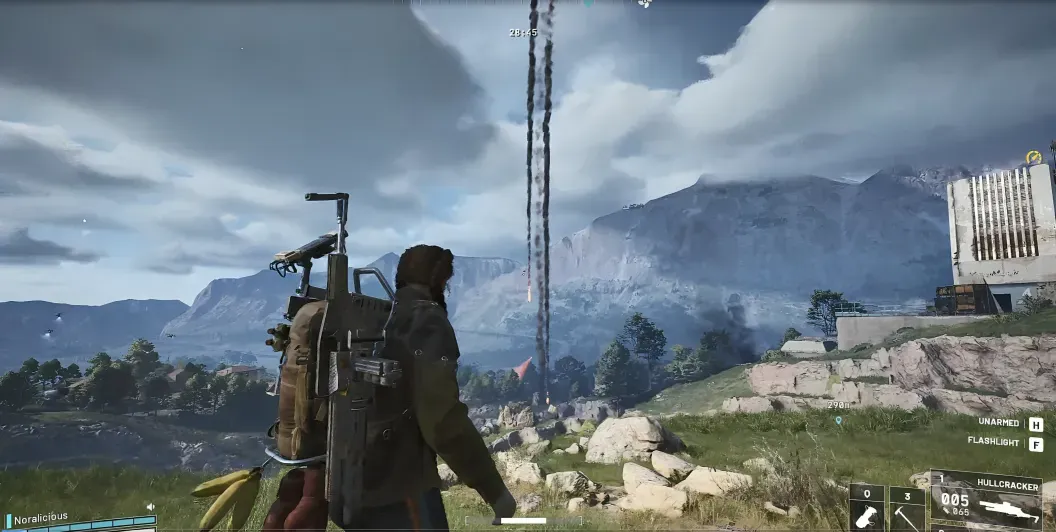
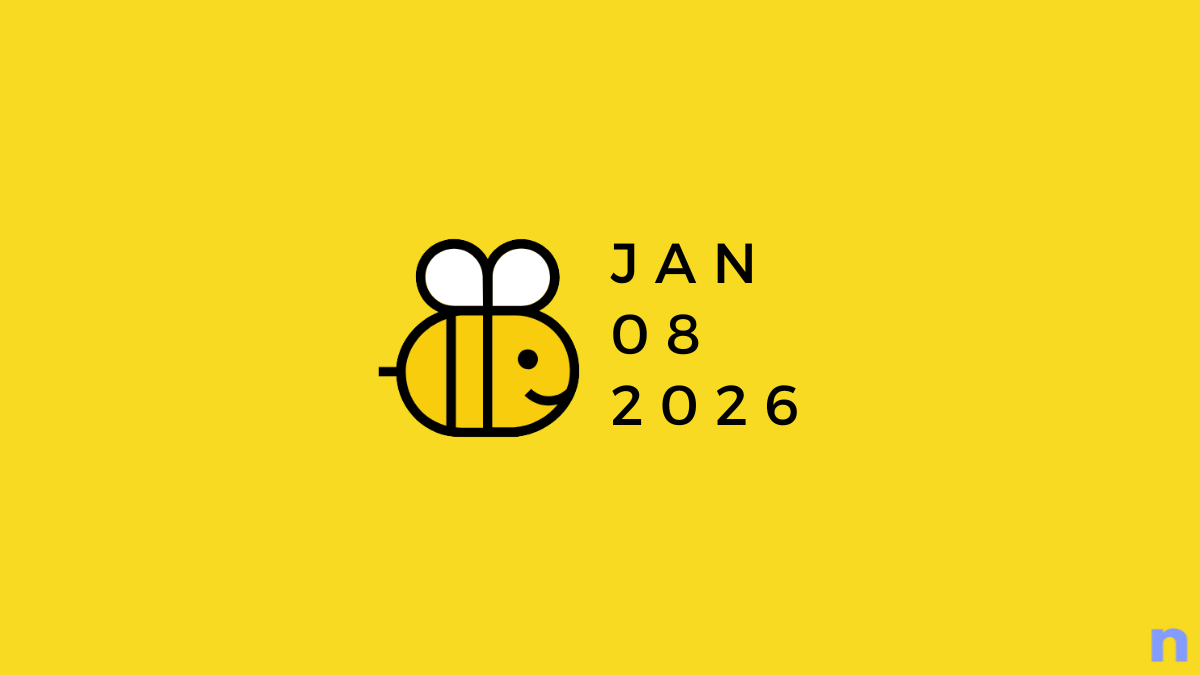
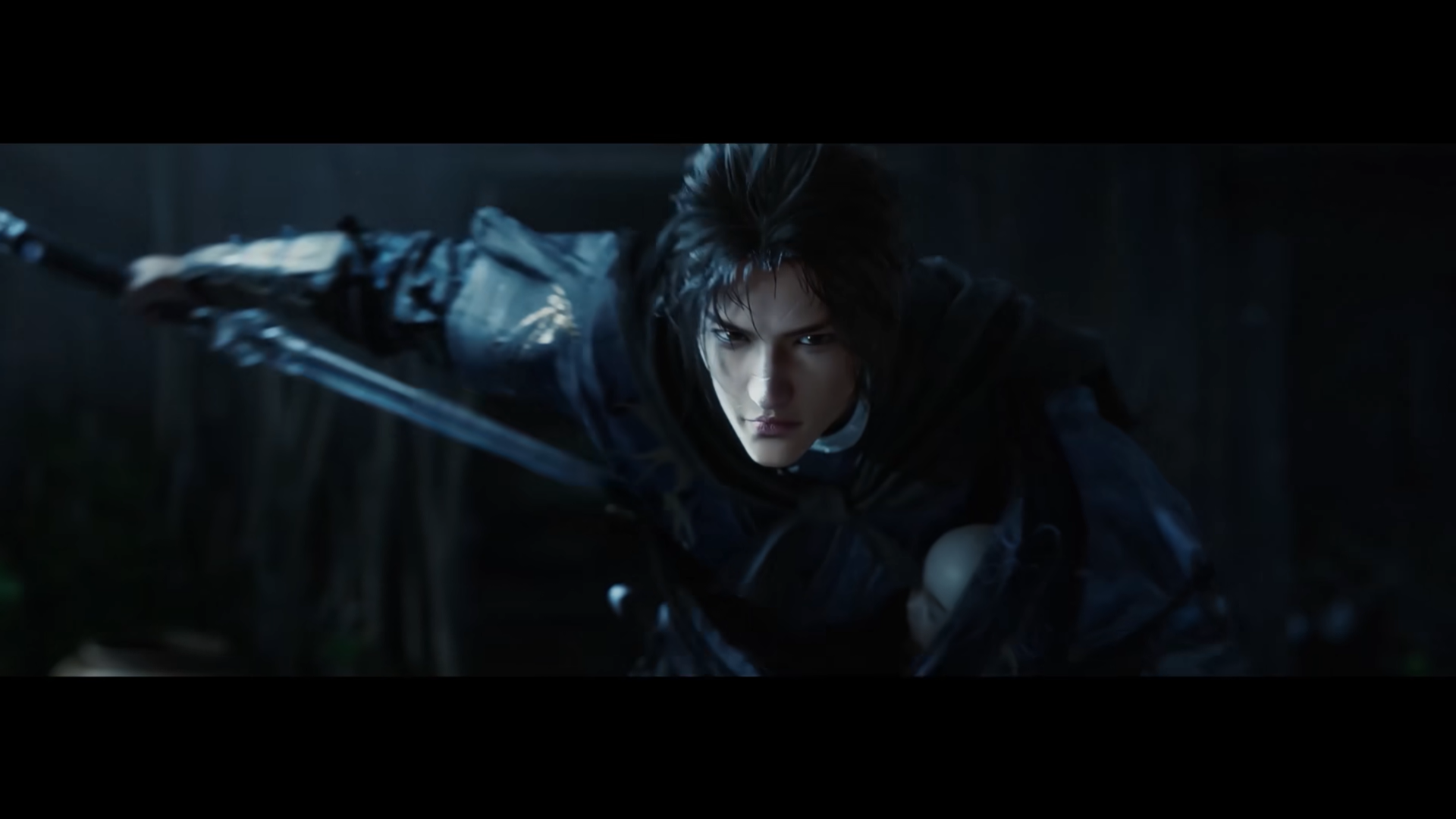
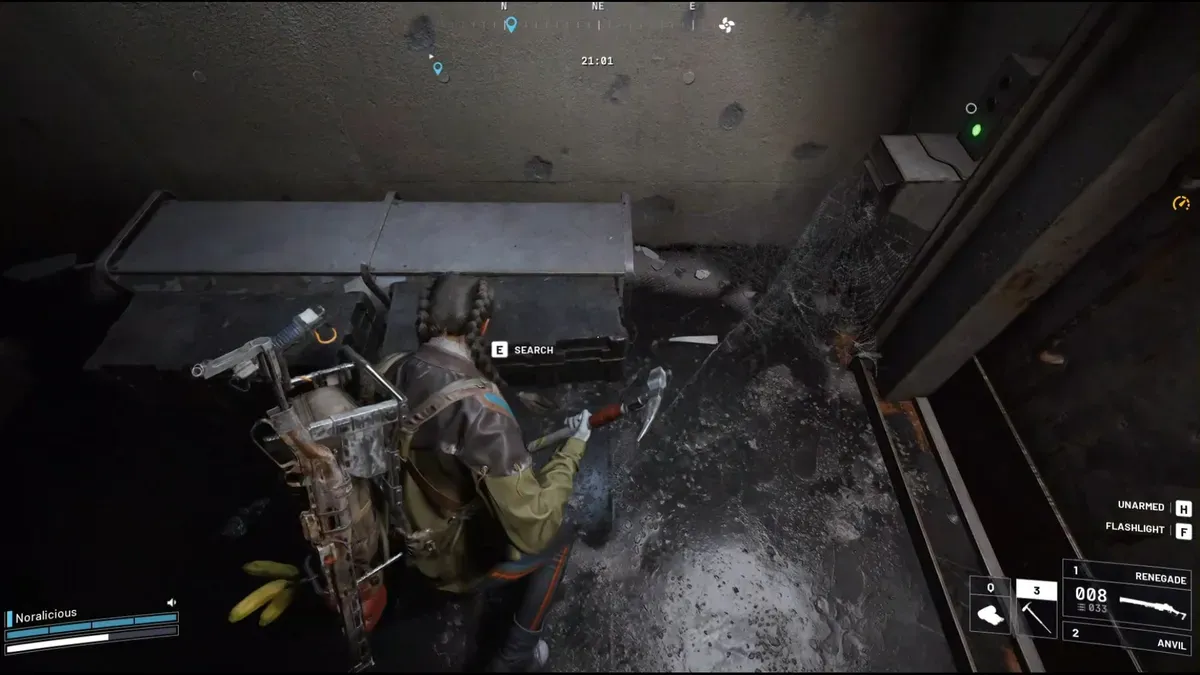
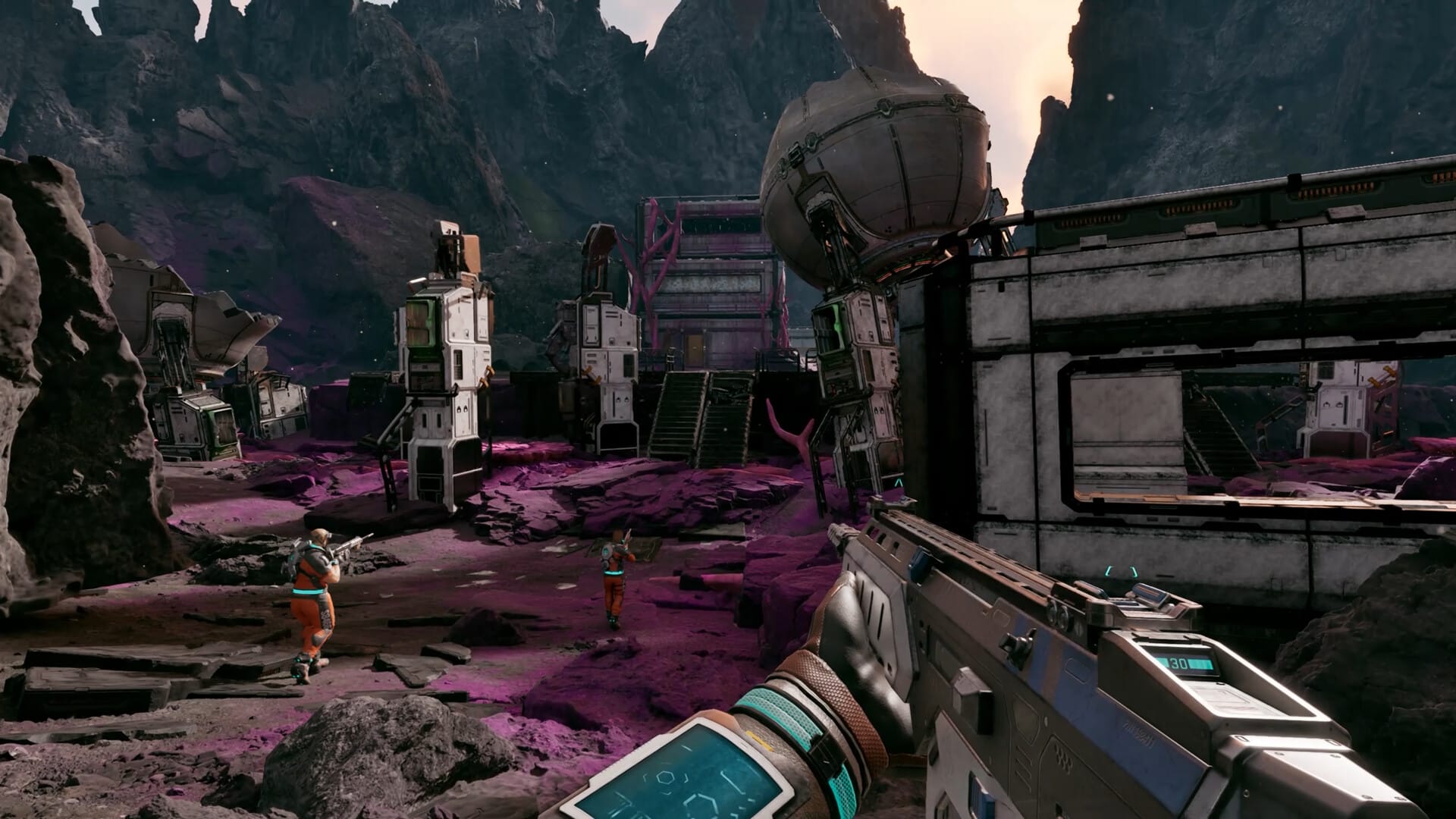


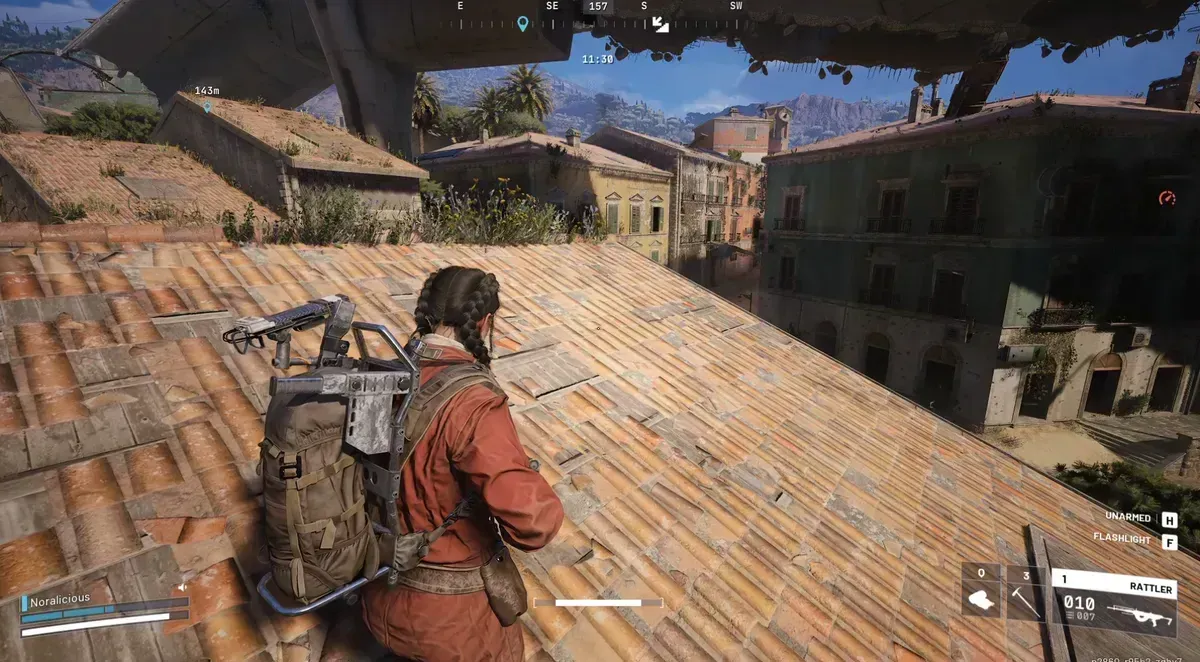
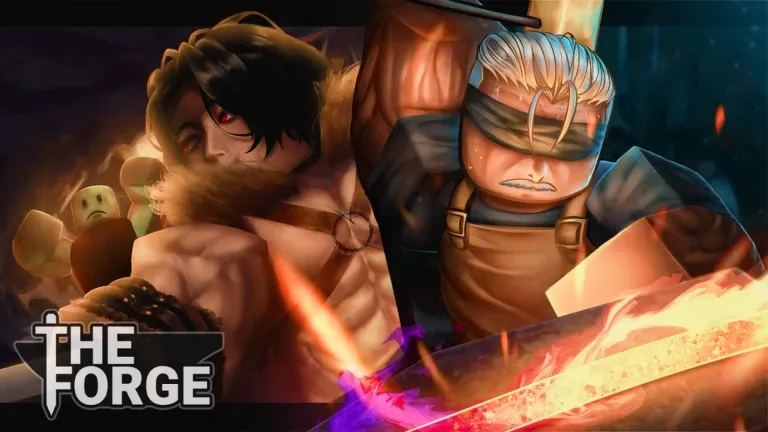
Discussion